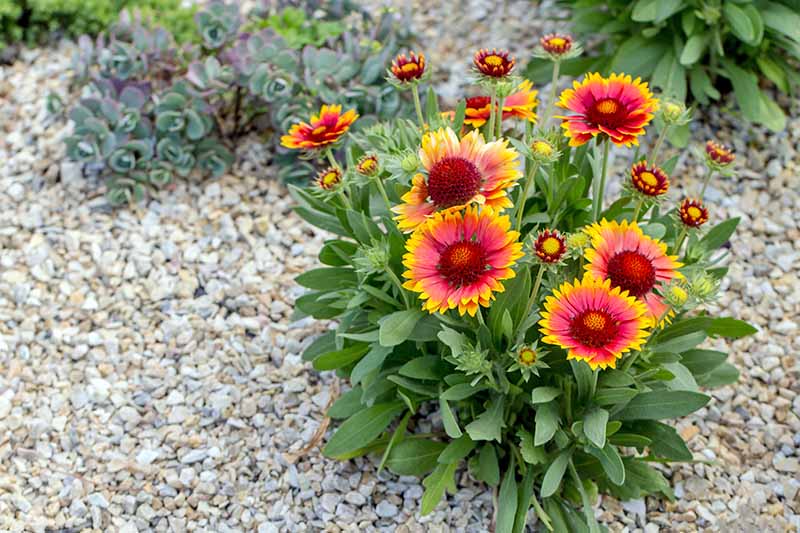
As spring wears off and summer heat picks up, most gardeners find it rather tiring to work in the garden.
That’s why you need to look for flowering plants––both annuals and perennials––that bloom profusely throughout the season without much pampering from you.
Fortunately, you have a wide selection of summer bloomers to choose from.
Dahlia
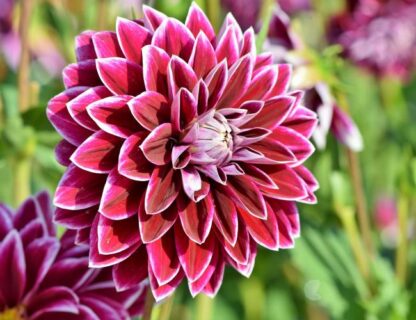
These old favorites are making a comeback in new avatars. You can now choose from large, dinner plate dahlias to small daisy-flowered bedding dahlias, with pom-poms and ruffled ones in between. There’s endless variety in solids, bi-colors, and variegation too.
Petunia
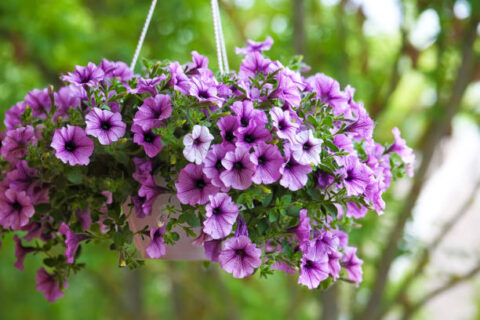
Petunias grown as annuals have one of the longest flowering seasons, right from mid-spring to late fall.
Hybrid petunias with the trailing habit, commonly known as Purple Wave petunias, are extremely floriferous and versatile. First introduced in purple color, they are now available in several shades of pink, purple, blue and red, and also in creamy white.
The tiny seeds of petunias are a bit difficult to start indoors, so buying young plants in nursery flats is your best bet.
Set them out in well-draining beds in a sunny location once all danger of frost has passed, or grow them in containers. They are excellent for hanging pots. Keep them happy with regular watering and feeding.
Zinnias
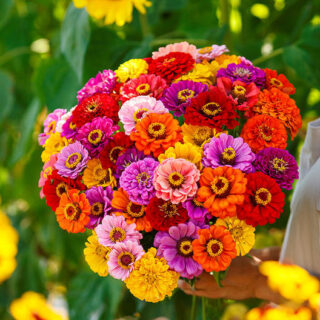
Zinnias love warmth, so they are reliable summer bloomers, filling the garden with long lasting flowers in jewel colors.
You have the choice of small, single-flowered daisy-type zinnias and large pom-pom types, with everything in between.
The hybrid variety Profusion Zinnias are a great choice since they keep blooming into fall. The dwarf types make good bedding plants and borders.
Grow these annuals in a sunny location. They flourish in hot weather but appreciate regular watering and feeding.
Gaillardia
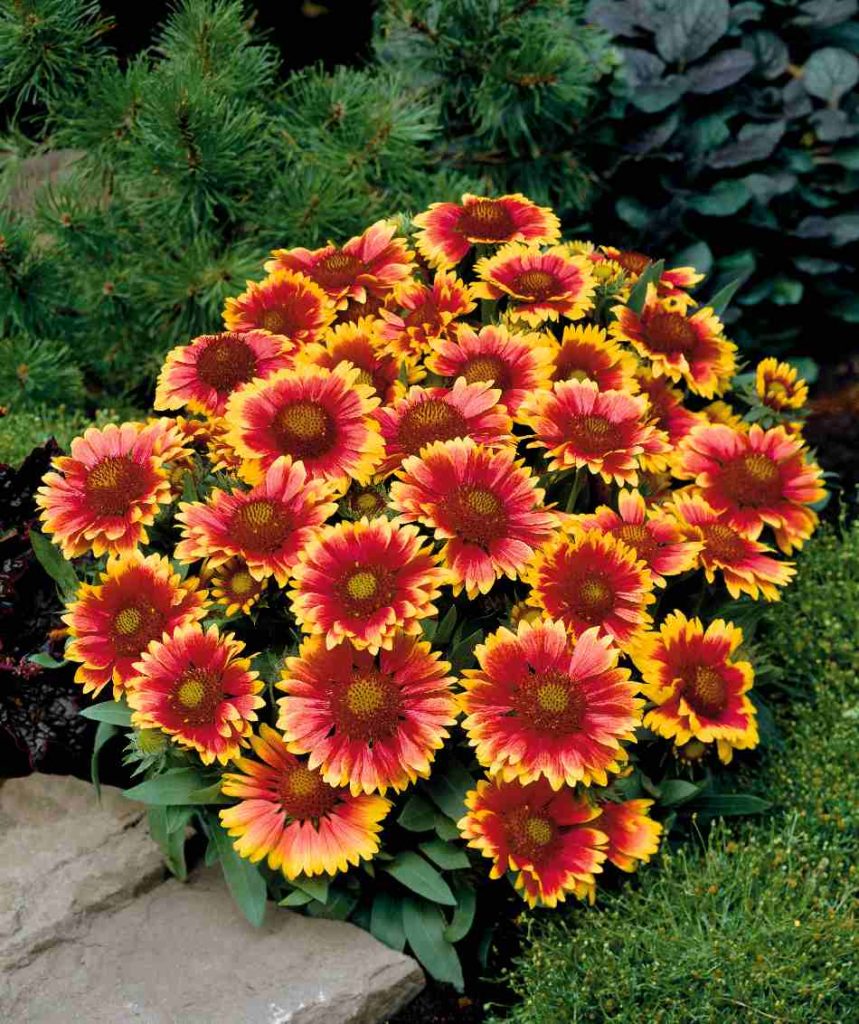
Gaillardia is another summer flowering plant that never seems to get tired of blooming all through the season and beyond. These North American natives come in bright yellows, often embellished with deep maroon and rust-colored centers.
They are ideal for filling up less frequented areas in the garden because poor soil and neglect seem to make them flourish even more. They keep blooming whether you deadhead the spent flowers or not, but this exercise keeps them neat.
These short-lived perennials live longer if they are divided every 2-3 years. There are annual gaillardias too, which can be easily started from seeds.
Globe Amaranth
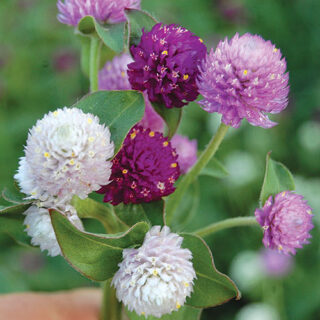
The compact mounds of globe amaranth are usually covered in globular flowerheads all through summer and fall since they continue to persist on the plants.
They serve as non-fading cut flowers in vases and bouquets. They retain most of their color when dry, so bunches are often dried in the shade for dry flower arrangements and potpourri.
Grow these deer resistant, drought tolerant annuals in beds or borders for a long display of bright colored pom-poms.
Purple is the most common and popular color, but you can find them in light pink, lilac, white and red too.
Hydrangeas
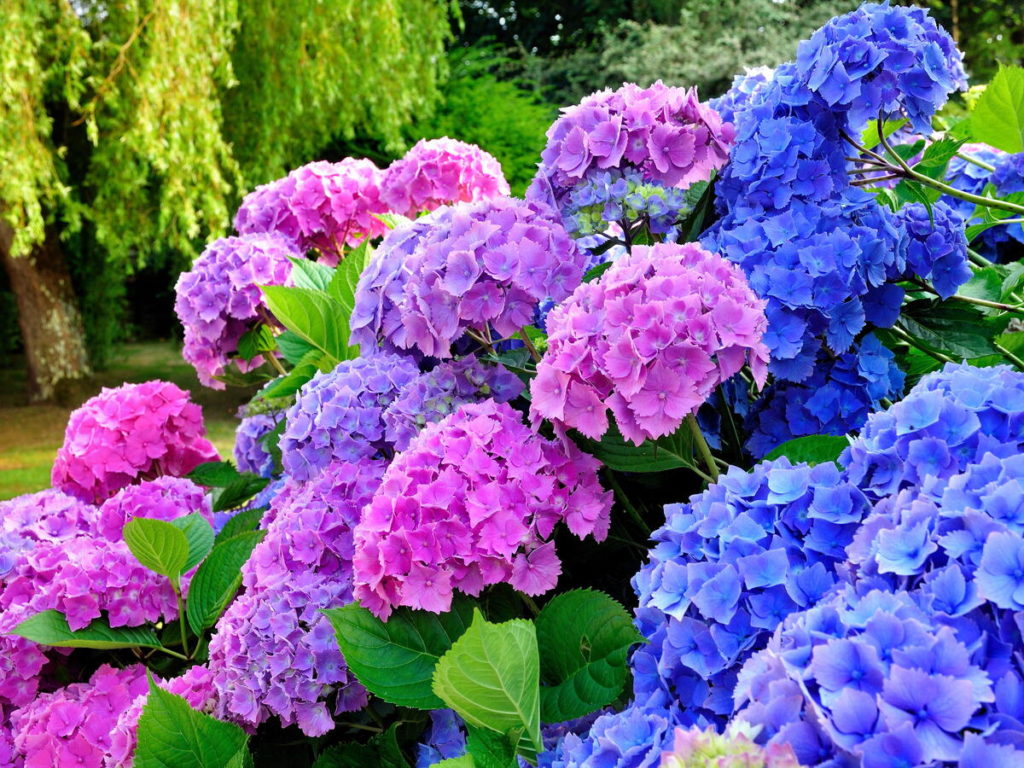
Nothing can beat these perennials when it comes to filling up your garden with a profusion of long-lasting blooms starting from spring. The large flower heads keep coming all through summer and continue to adorn the plants long after the blooming season is over.
Take your pick from the different varieties––Bigleaf, Oakleaf, Panicle or Smooth––or have all of them in different spots.
Hydrangeas are propagated from cuttings, and they should be sited carefully taking into consideration the amount of sun and water they would receive.
They prefer morning sun and afternoon shade in places with very warm summers but can take full sun for most of the day in cooler regions.
Rose of Sharon/Hardy hibiscus
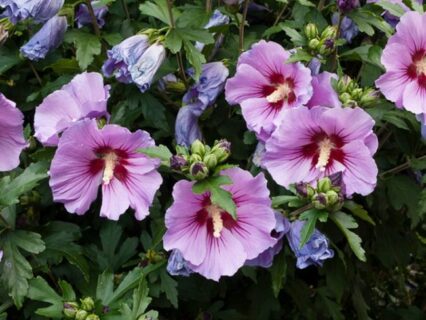
Rose of Sharon is a perennial hibiscus for USDA zones 5-8. It blooms in various shades of pink, peach, and red.
Individual flowers may not be as large as that of tropical hibiscus, but this hardy relative makes it up by the sheer profusion of the flowers they produce. They keep coming from late spring until the touch of frost kills all but the underground parts.
Grow hardy hibiscus in rich, well-draining soil in a sunny location. They appreciate some afternoon shade in areas with hot summers. Keep the soil moist with regular watering and mulching. Give it an occasional feeding to help the plant continue the flower production
